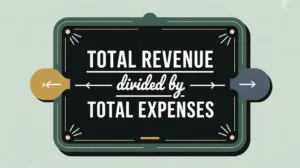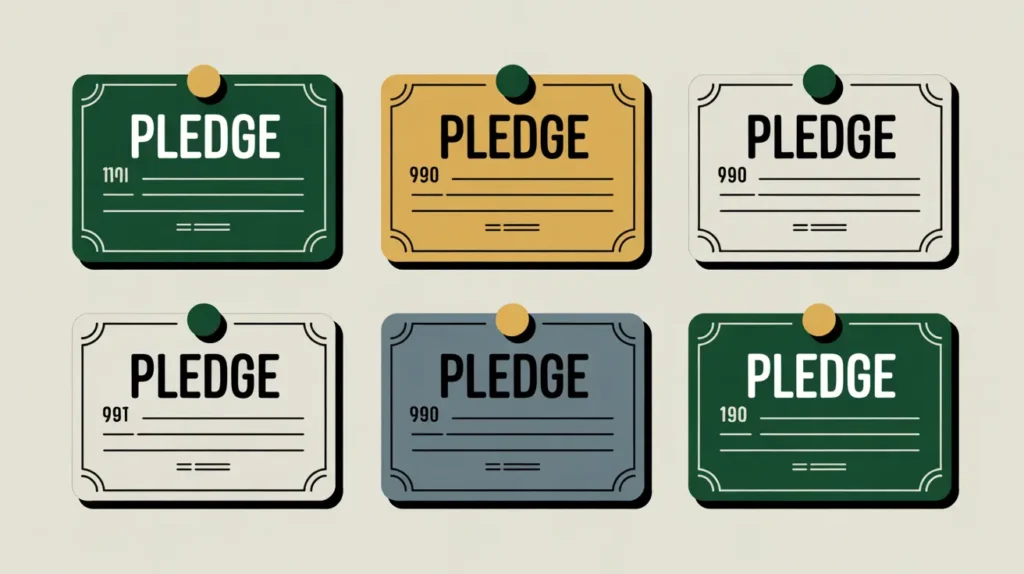Importance of the Cash Ratio
The cash ratio is the strictest test of liquidity because it measures whether a nonprofit can cover all of its current liabilities using only cash and cash equivalents. Unlike the quick ratio, it excludes receivables, since pledges or invoices may take time to collect. This makes it a conservative but powerful signal for boards, donors, and regulators who want assurance that the organization can meet obligations even in the worst-case scenario. For nonprofits in social innovation and international development, the cash ratio is crucial in contexts where receivables may be delayed due to bureaucratic processes, compliance checks, or cross-border transfer restrictions.
Definition and Features
The cash ratio is defined as:
Cash divided by Current Liabilities.
Key features include:
- Conservative Measure: focuses only on cash and cash equivalents, ignoring receivables and other assets.
- Liquidity Stress Test: highlights the ability to meet obligations if revenue streams are disrupted.
- Benchmark Use: a ratio close to 1.0 indicates strong liquidity; much lower may signal vulnerability to short-term shocks.
- Limitations: too high a ratio may suggest idle cash that could be better deployed toward mission activities.
How This Works in Practice
If a nonprofit has $1 million in current liabilities and $600,000 in cash, its cash ratio is 0.6. This means it cannot cover all short-term obligations solely with cash on hand, and would need to rely on receivables or new inflows. Finance committees may use this ratio before making commitments such as signing leases or expanding staff. In international development programs, local offices often monitor cash ratios weekly to ensure field teams can pay salaries and vendors despite donor payment delays.
Implications for Social Innovation
For nonprofits in social innovation and international development, the cash ratio reflects resilience in the face of uncertainty. Organizations with adequate cash coverage can sustain program continuity during donor disbursement delays, natural disasters, or political disruptions. Donors may view a healthy cash ratio as a marker of prudent financial management and readiness to absorb shocks. Leaders, meanwhile, use it to balance liquidity with mission urgency: holding too much idle cash could mean missed opportunities for innovation, while too little exposes programs to disruption. A well-managed cash ratio supports informed decision-making about reserves, credit, and the pace of growth.







